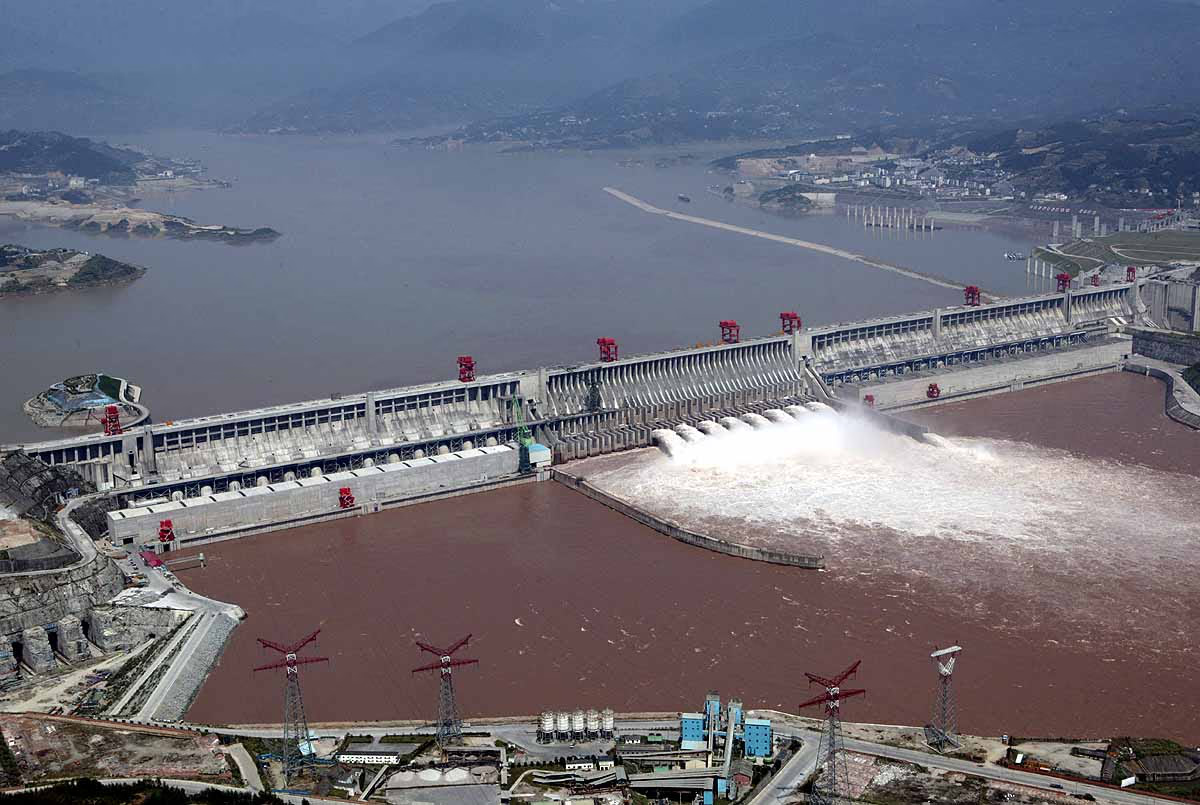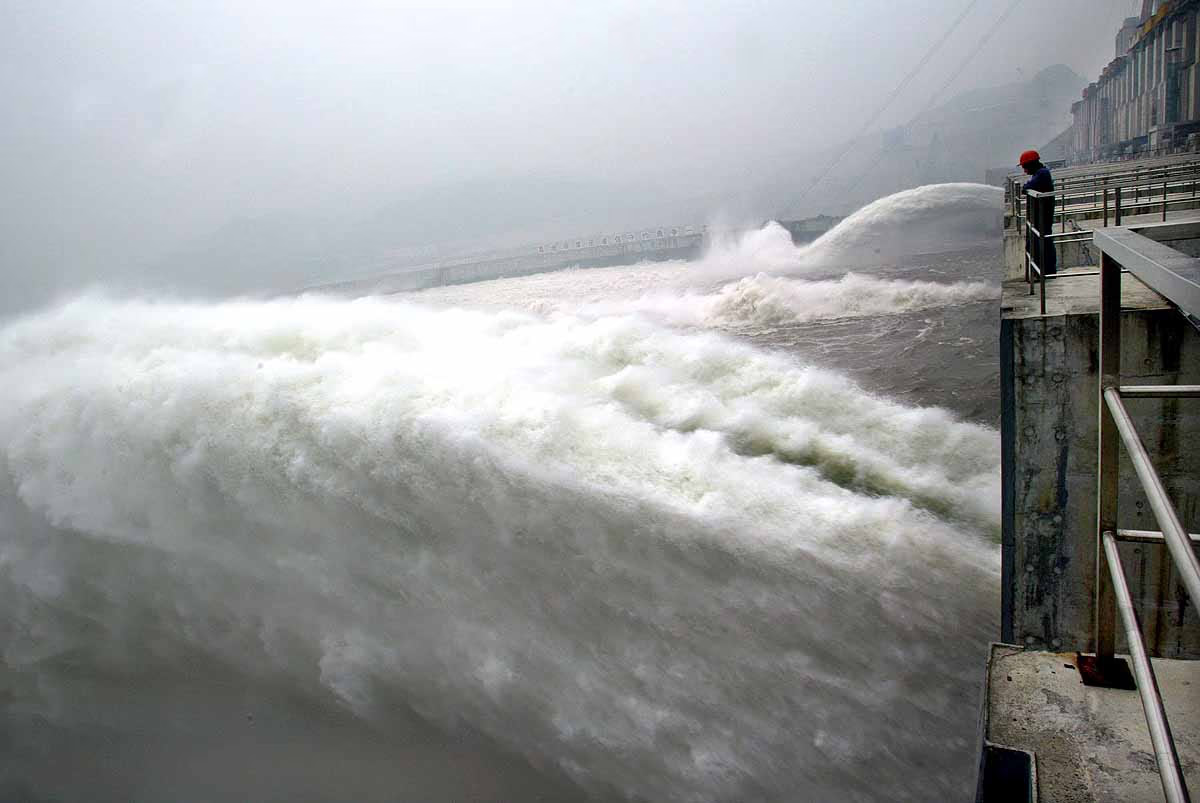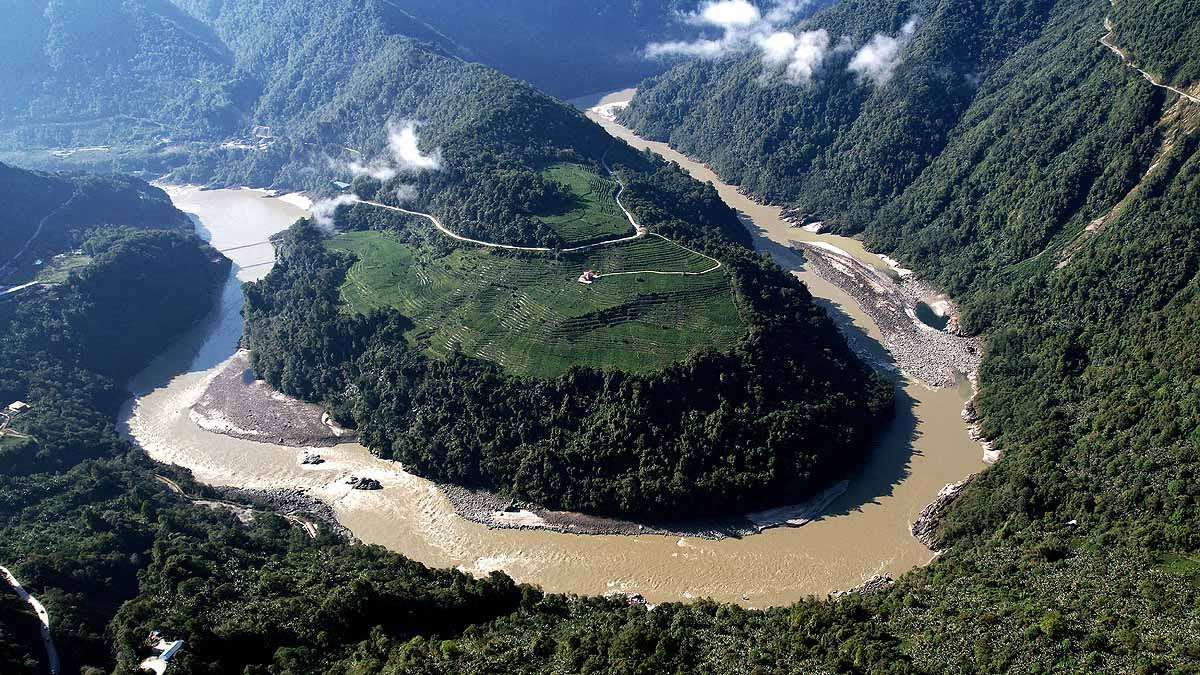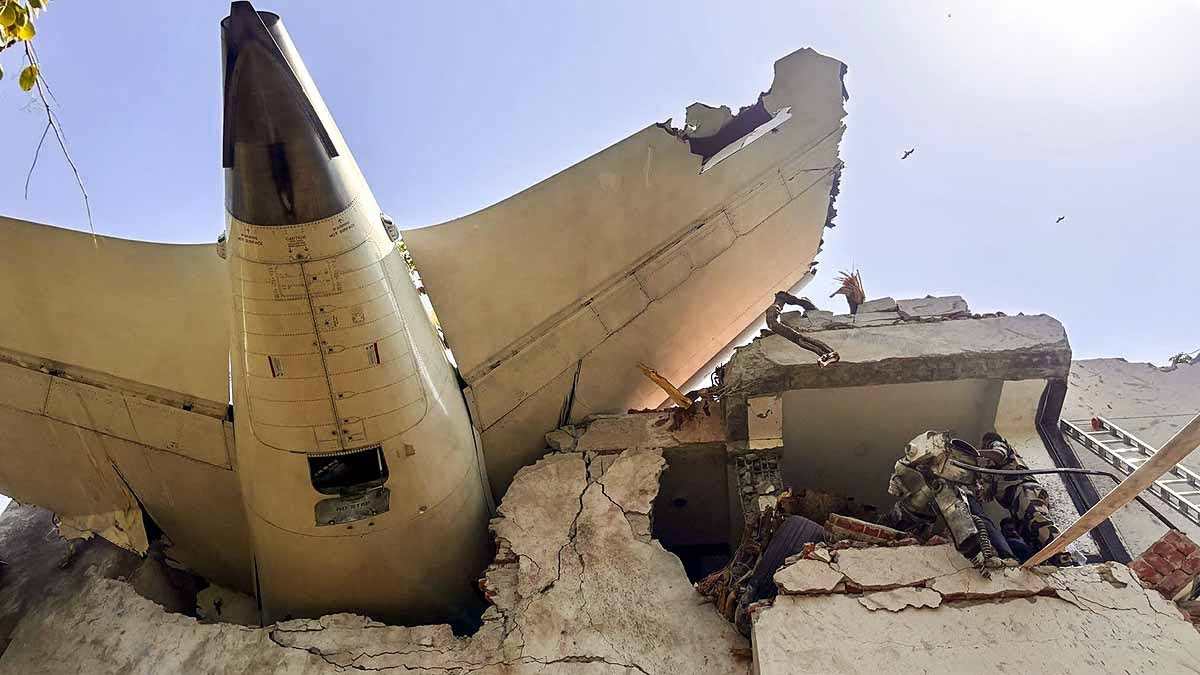China has embarked on constructing the world's largest hydropower dam on the Yarlung Tsangpo River in Tibet, known as the Brahmaputra in India. This ambitious project is expected to cost around $170 billion and is slated for completion by 2030.
China asserts that this dam aims to produce clean energy and reduce carbon emissions. However, India and Bangladesh harbor concerns about potential threats. Let's delve into the details of this colossal project and understand its implications for India and Bangladesh.
What is This Mega Dam Project?
Located in the Nyingchi area of Tibet, China's dam is being built on the lower reaches of the Yarlung Tsangpo River, where the river makes a dramatic U-turn known as the Great Bend before entering India's Arunachal Pradesh. Key features of this colossal project include:
Vast Electricity Output: This dam will generate 300 billion kilowatt-hours annually, equivalent to the entire annual electricity consumption of the UK and three times the capacity of the world's largest dam, the Three Gorges Dam.
Five Cascade Stations: The dam will host five hydropower stations, capitalizing on the river's 2,000-meter height gradient.
Cost: With a staggering investment of 1.2 trillion yuan ($170 billion), this project ranks as the world's most expensive infrastructure endeavor.
Engineering Challenge: To construct the dam, 20-kilometer-long tunnels will need to be drilled through Namibia Barwa Mountain, re-routing half of the river's flow.

Source: aajtak
Chinese Premier Li Keqiang has hailed this project as the 'Project of the Century,' emphasizing its potential to alleviate electricity shortages in Tibet and supply power to northern and eastern parts of China.
China's Claim: Clean Energy and Development
This dam is touted as a key component of China's 14th Five-Year Plan (2021-2025), offering numerous advantages:
Clean Energy: The dam contributes to achieving carbon neutrality by 2060, reducing reliance on coal, and fostering other renewable energy sources like solar and wind.
Economic Growth: Infrastructure, jobs, and trade will flourish in Tibet, fetching approximately 20 billion yuan ($3 billion) annually from the dam.
National Security: China suggests the dam will enhance water and energy security and strengthen cooperation with South Asia.
Chinese Foreign Ministry spokesperson Mao Ning assures that the dam poses no harm to India or Bangladesh and cites decades of exhaustive studies ensuring environmental safety and security.
Concerns for India and Bangladesh
Despite assurances, India and Bangladesh remain apprehensive. The Brahmaputra River is a crucial lifeline, flowing through Arunachal Pradesh and Assam, eventually emptying into the Bay of Bengal. The potential risks include:
Water Scarcity:
If China withholds water during non-monsoon months, it could lead to water shortages in Arunachal Pradesh and Assam, impacting Bangladesh's agriculture dependent on the Brahmaputra for 55% of its irrigation needs.
Flood Threat:
Should China release water during times of tension, devastating floods could inundate Arunachal and Assam. Arunachal's Chief Minister, Pema Khandu, warned of a "water bomb" capable of holding back or releasing 80% of the river's water.
Ecological Impact:
The Brahmaputra's sediment enriches Assam and Bangladesh's fields. The dam may halt sediment flow, harming agriculture and fishery, while placing the Sundarbans mangrove, a UNESCO World Heritage Site, in danger.

Source: aajtak
Seismic Risk:
Nestled in a seismic-prone area of the Himalayas, any earthquake or landslide could spell disaster for India and Bangladesh.
Geopolitical Threat:
India fears China's damming of the Brahmaputra could serve as a geopolitical maneuvering tool, particularly during times of heightened tension. In 2017, during the Doklam standoff, China ceased data sharing on the Brahmaputra.
China's Strategy: Clean Energy or Strategic Maneuver?
While China promotes the dam as a green energy project, many experts view it as a geopolitical strategy. Control over the Tibet-originating Yarlung Tsangpo means exerting considerable influence over the lifeline of India and Bangladesh. According to a 2020 report by Australia's Lowy Institute, China's control over Tibetan rivers can exert pressure on India's economy.
China has previously constructed smaller dams on the Yarlung Tsangpo, such as the Zangmu Hydropower Station, completed in 2015. Nonetheless, given the massive scale and proximity to India's borders, this new dam poses a more significant threat.
India's Response: Siang Dam and Diplomacy
India, recognizing the potential threat, has initiated countermeasures:
Siang Dam:
India is advancing the 10-gigawatt Siang Hydropower Project in Arunachal Pradesh, aimed at mitigating the impact of China's dam and securing water resources. However, local opposition and environmental challenges loom.
Diplomacy:
Through the Expert Level Mechanism (ELM), India demands transparency and data sharing from China. In January 2025, India stated its commitment to safeguarding its interests.
Regional Cooperation:
India and Bangladesh could jointly pressure China for more transparent sharing of dam impacts. Bangladesh has also sought technical knowledge regarding the potential effects. Experts recommend a trilateral agreement under the UN Water Convention 1997.

Source: aajtak
Ecological and Social Impact
Displacement in Tibet:
China has not disclosed the extent of displacement caused by the dam. Past projects like the Three Gorges Dam displaced a million people; the eventual impact of this new dam could be similarly significant.
Ecology:
Tibet's plateau is among the world's most ecologically diverse regions. The dam could disrupt the river's natural flow, endangering aquatic life and vegetation.
Bangladesh:
The Brahmaputra satisfies 65% of Bangladesh's water requirements. Reduced water flow would threaten agriculture, fisheries, and lead to increased saltwater intrusion in coastal regions.
China's Economic Agenda
Amid signs of economic slowdown, China views this dam as a potential economic stimulant. The project, led by China Ya'jiang Group, will drive demand for cement, tunnel equipment, and explosive materials, resulting in a boost in the Chinese stock market. The CSI Construction Index reached a seven-month high.
But, is this merely a push for economic growth, or a strategic bid for more control over South Asia? The dam's strategic placement near LAC and the policy of withholding crucial data from India remain worrying.
Future Path
Set for the 2030s initiation, the dam's ramifications are already emerging. India and Bangladesh must:
Demand Transparency: China should share technical and environmental details about the dam.
Forge Regional Alliances: India, Bangladesh, and Bhutan could collaborate on equitable water-sharing arrangements.
Satellite Surveillance: Employ advanced technologies to closely monitor the river's flow.




